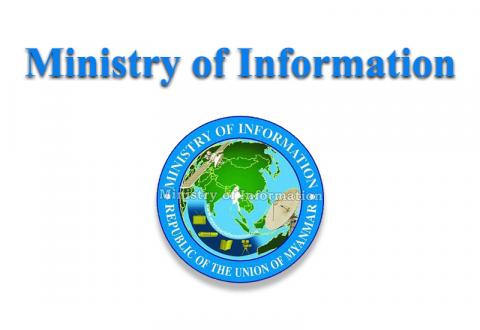Atar Thingyan festival: The intangible cultural heritage
THE dossier on Myanmar’s traditional New Year Atar Thingyan festival, submitted for UNESCO’s World Intangible Cultural Heritage list, has been included on the preliminary list, according to a press release issued by the Department of Archaeology and National Museum on 6 November.
The 19th session of the Intergovernmental Committee for the Safeguarding of the Intangible Cultural Heritage will take place in Asunción, Republic of Paraguay. During this session, the committee will formally decide whether the Atar Thingyan Festival from Myanmar should be recognized as an intangible cultural heritage.
Countries have celebrated traditional festivals tied to their people, religions, and customs since the dawn of civilization. However, pinpointing their exact origins is challenging. The New Year Thingyan festival is a major celebration in Myanmar, Thailand, Laos, Cambodia, and India. On 6 December last year, UNESCO recognized Thailand’s Songkran water festival as an Intangible Cultural Heritage of Humanity. This acknowledgement highlights the global significance of such traditions, celebrating cultural diversity and preserving heritage across nations.
An ancient water festival, recorded on a stone inscription at Saw Hla Wun Pagoda, dates back to the 653 Myanmar Era (1291 AD) during the Bagan period. This inscription provides firm evidence of the water-throwing festival in Myanmar, establishing it as a traditional event that has been celebrated for 732 years.
Myanmar is a country where diverse national races have coexisted for centuries. Historical and cultural evidence, along with valuable ancient monuments, sites, and objects, are scattered throughout the nation, representing both tangible and intangible cultural heritage. These artefacts reflect the rich history and traditions of the various ethnic groups in Myanmar.
So far, the government has approved 2,289 intangible cultural heritage items, including language, oral traditions, fine arts, social customs, festivals, environmental knowledge, and traditional crafts. Currently, efforts are underway to gain UNESCO approval for Myanmar’s Thanaka culture mostly enjoyed by Myanmar belles as the number of Thanaka plants are thriving in dry regions of Myanmar.
Countries around the world have unique traditions, cultures, and heritages, and they strive to have their tangible and intangible heritage recognized on the UNESCO World Intangible Cultural Heritage List. These sorts of cultural heritage are a source of pride for nations. Therefore, the people of Myanmar should support the efforts of relevant departments and officials in their pursuit of UNESCO recognition for Myanmar’s intangible cultural heritage. This recognition would help preserve and promote Myanmar’s cultural legacy on the global stage.
#TheGlobalNewLightOfMyanmar

